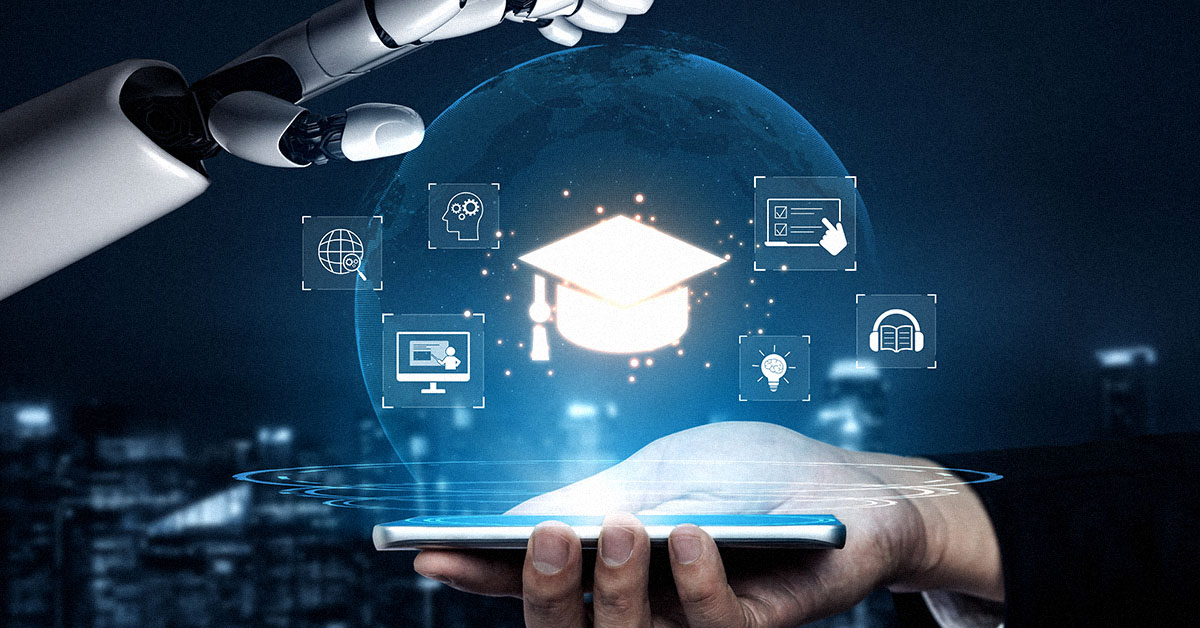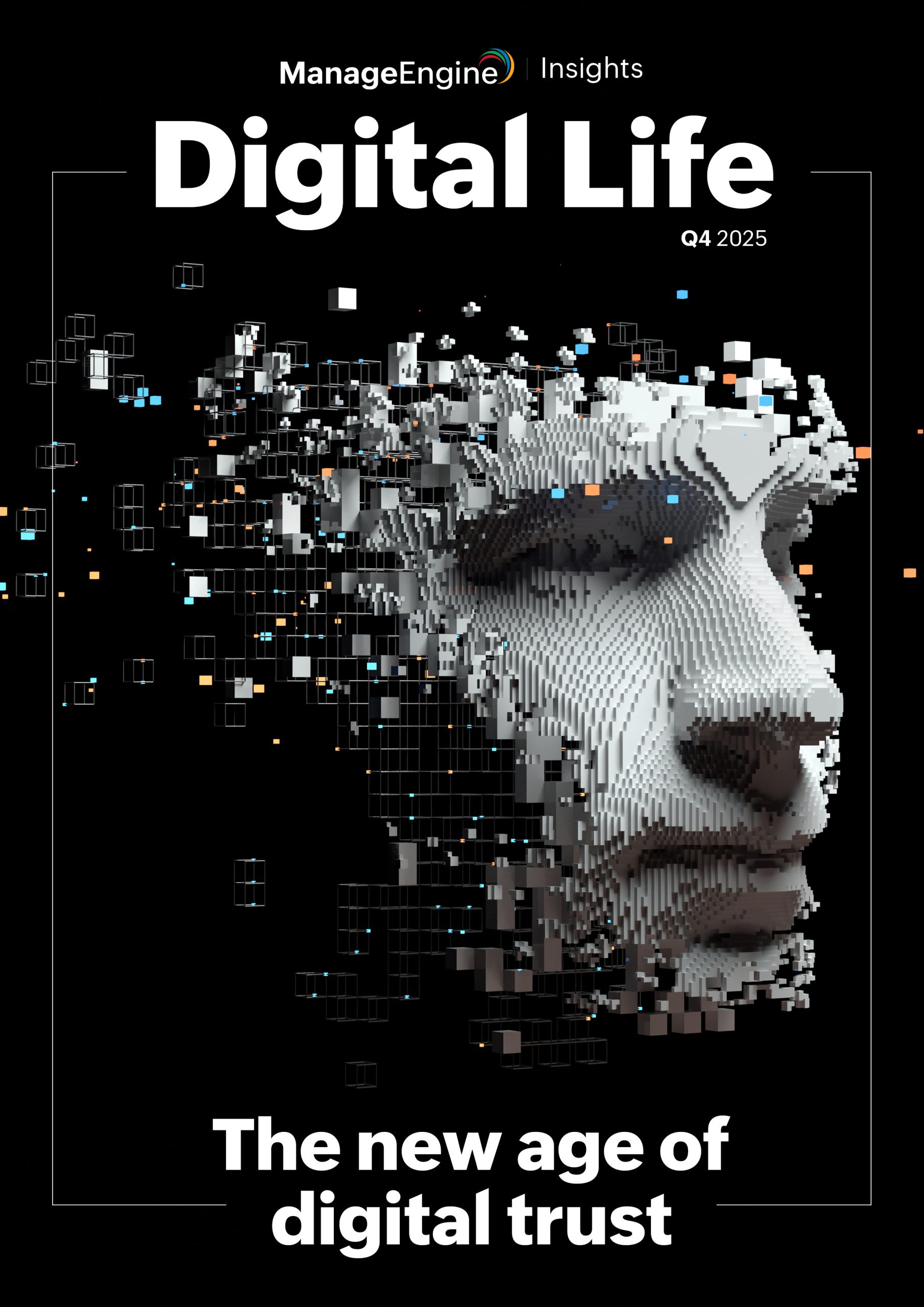With vaccinations underway, slowly but surely, the end of the COVID-19 pandemic appears to be in sight. Nevertheless, the pandemic has already changed the work landscape for a long time to come. Although IT personnel, legislators, and corporate executives are all still grappling with the changing landscape, there are some overarching trends that are sure to stand out as we emerge from the pandemic.
Conversational AI is here to stay
As a recent ManageEngine remote work behavior report reveals, consumers are increasingly reliant on AI-based chat support to provide guidance and solve problems. In fact, the majority (76%) of the respondents found such AI-based support to be either “excellent” or “satisfactory.” Conversational AI is becoming increasingly prevalent—not just in consumer software, but within IT software as well. Intuitively this makes sense, as we are seeing a “consumerization of IT” across the IT landscape. Users have begun to expect the same type of experiences from their IT software as they do from their other applications, and part of this includes an expectation that there will be conversational AI that is functional and effective. Just a few years ago, conversational AI may have appeared to be a passing trend; however, such tools have stood the test of time. We expect to see conversational AI embedded in more IT solutions in the upcoming year.
More data privacy laws are coming down the pike
The pandemic interrupted a bevy of legislative proceedings that were scheduled for last year. Bills related to companies’ privacy practices, biometrics, data broker regulation, and facial recognition were all placed on the backburner, as regulators turned their attention to the pandemic. As this COVID situation is resolved, we are going to see more of these data privacy bills come to fruition.
As a quick example, last November, Californians voted to pass Proposition 24, which created the California Privacy Rights and Enforcement Act (CPRA). This law amends and expands the CCPA, ultimately making it harder for tech companies to track users via third parties. Additionally, the CPRA establishes an enforcement agency, and it enables consumers to opt out of tracking performed by automated decision-making technologies. Similar user data privacy laws are likely to reach the floor in states across the US in the coming months. Also, as a quick caveat, this legislative wave is by no means limited to the US; consumer data privacy laws are popping up all over the globe.
Security will revolve around endpoints rather than perimeters
Although Gartner claims Secure Access Service Edge (SASE) has reached the peak of inflated expectations, we believe this policy-based framework will continue to thrive. After all, many of us will work remotely for the foreseeable future, accessing sensitive corporate data through verified corporate devices, as well as personal devices. Without a doubt, the location of an employee is not as important as it used to be; the focus needs to be on the devices, rather than any physical perimeter. With SASE architecture, users can access apps through a SaaS provider, a corporate data center, or via public or private cloud; this makes it easier than ever for users to work remotely, while the corporate data remains protected. To be sure, this versatile SASE framework is here to stay in the aftermath of the pandemic.
Zero Trust and CARTA will remain popular
As employees continue to work from various locations, Zero Trust and Gartner’s Continuous Adaptive Risk and Trust Assessment (CARTA) framework will also remain popular. According to CARTA, traditional block/allow security solutions have become obsolete, and security decisions need to be more nuanced and contextual. Through Zero Trust and CARTA, all systems and devices are continuously monitored; additionally, every device is considered to be potentially compromised. With CARTA and continuous monitoring—as well as built-in user and entity behavior analytics (UEBA)—IT personnel can ensure that their organization’s data remains safe. ML-based UEBA solutions will also supplement the CARTA framework. In the near future, we’ll likely see more companies rolling out algorithms to identify anomalous and potentially malicious activity.
Conclusion
The post-pandemic landscape will doubtlessly see more user data privacy legislation. Such legislation is an extremely good thing; in fact, it’s been a long time coming. Nevertheless, it is vital that IT teams are able to protect the sensitive corporate data within their networks. Due to the proliferation of remote work, it’s more important than ever to continuously monitor not only corporate devices, but also unmanaged devices. Physical perimeters are increasingly irrelevant; the real focus should be on the devices and user behavior. Zero Trust, CARTA, and UEBA will thrive in the post-pandemic world, and conversational AI tools will continue to be embedded into IT infrastructure as well. During the pandemic, the IT sector was particularly resilient—not to mention vital to the global economy—and we suspect that the future will be no different.











